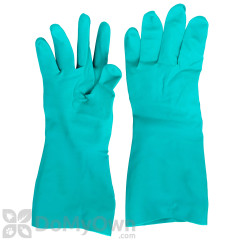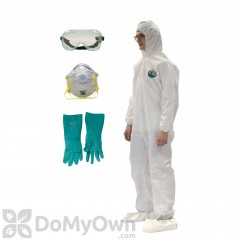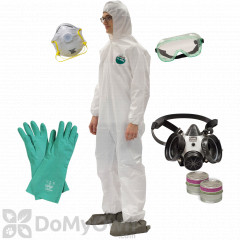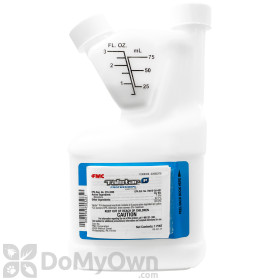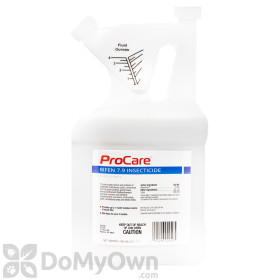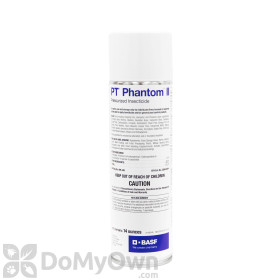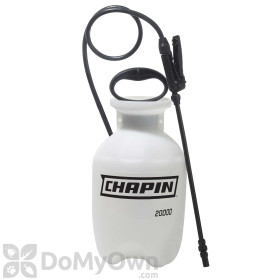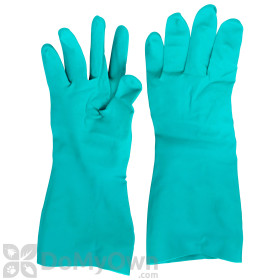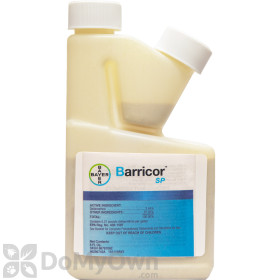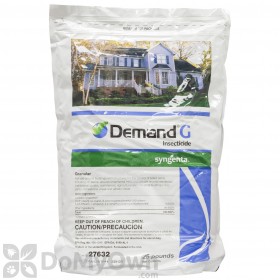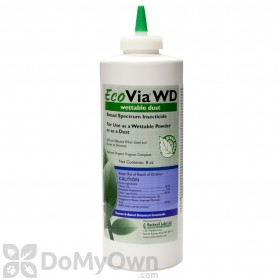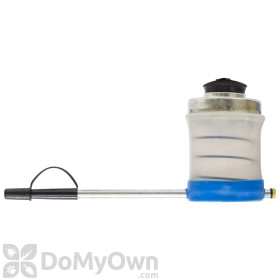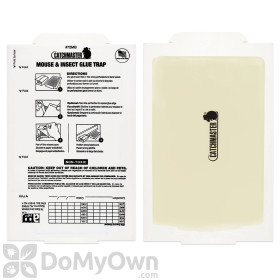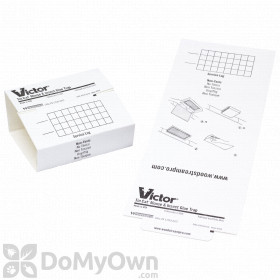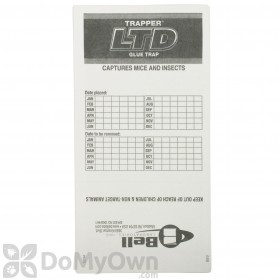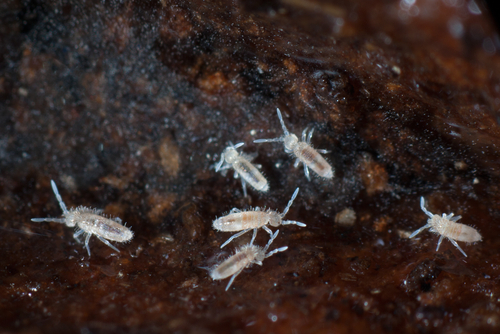
Springtails can be a nuisance around any home or business due mostly to the fact that they often gather in large numbers and sometimes seem to appear out of thin air. These tiny, wingless, hump-backed pests feed on certain types of organic matter and require a damp or humid environment to survive.
If you are not sure if the bugs you've spotted are springtails, make sure you review what springtails look like and where springtails hide in your home. The key to eliminating springtails is finding their nesting site. From there you can follow this guide to control them.
Determine Where Springtails are Nesting & Eliminate the Sites
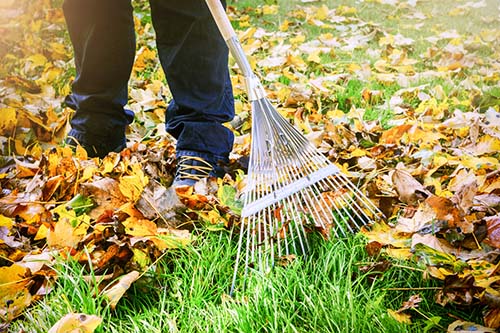
Spraying or otherwise removing springtails from around your home will never be an effective means of springtails pest control until you locate the nesting site and remove the source of the infestation.
Springtails nesting sites will be somewhere damp and dark. Consider where they have been sighted around your home and look for possible hiding places in that area. The nest is likely to be quite near the area where springtails have been seen in large numbers, since they do not like to travel far from their nest to find a new habitat.
Common springtails nesting sites include:
- Under mulch and moist soil
- Under patio slabs
- In compost piles and other decaying matter
- In flower pots
- Around pool decks
- Under logs, pine straw, and wood chips
- Under wood decks
- Indoors in bath traps, under kitchen or bathroom sinks, and under linoleum
- Around jacuzzis or hot tubs
- In damp crawl spaces and wall voids
- Under the sheathing, insulation, or sheet rock in the siding of your home if these places are prone to moisture.
Nesting springtails like to be around moist, decaying organic matter, and can not tolerate dry conditions. Take the following steps to address any areas of excess water around the outside of your home to form an inhospitable perimeter that springtails are unlikely to cross.
- Eliminate mulch layers where no longer needed in gardens and landscaping
- Remove or distance piles of firewood or lumber that retain moisture
- Clear yard debris away from the home
- Even out any low spots around your home with fill dirt or gravel to eliminate places where water may stand
- Seal any cracks or other entry points in the foundation or exterior walls that you may notice
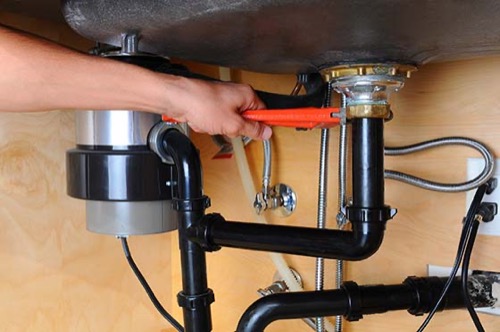
Inside your home, take the following steps to eliminate hospitable spaces for springtails.
- Under Cabinets, Inside Crawl Spaces & Wall Voids - First try to determine why such an area is wet. The solution may be to add more ventilation. If a wall void is damp due to leaks around windows, light fixtures, or door frames, these areas can be sealed to prevent water accumulation.
- Beneath Sinks - Inspect these areas for leaks. If any are found, eliminate the leaks and any water accumulation to make the space unsuitable for springtail harborage.
Apply a Spray Insecticide to Your Home or Workplace
A liquid insecticide labeled for use against springtails will kill the bugs that are living inside your home or business. These products, in conjunction with the practices mentioned above, can help you achieve springtail control in a relatively short time if instructions are followed carefully.
To treat your home with a springtail-killer spray, mix an insecticide labeled for use on springtails with the directed amount of water according to the product label. For some products like Talstar P, that mix rate will be one ounce of product per gallon of water. Read the label of your selected product fully to find the right rate for mixing and applying.
Add water to the product in a hand-pump sprayer and shake the tank to agitate the mixture. Wear PPE including protective gloves and long sleeves any time you are mixing or applying an insecticide.
Apply the insecticide mixture as a spot treatment in places where springtails are likely to nest or gain entry to the building, including:
- Around door and window frames
- Under sinks and around pipes
- In closets, attics, and basements
- Under kitchen appliances
- Behind toilets
- Anywhere else you have spotted springtail activity
For long-term springtail control, treat cabinets, crawlspaces, and wall voids with an insecticide dust such as EcoVia WD. Dust products can be applied with a bellow hand duster that allows you to inject the insecticide dust into hard-to-reach spots like those mentioned above.
For additional perimeter control outside the structure, a granular product labeled for springtails such as Demand G can be applied under mulch, pine straw, wood chips, and other organic matter found outside the home.
Pro Tip
Extreme cases of springtails infestation may call for a treatment to the soil under a concrete slab or other structure. In such cases, you may need to hire a reputable professional pest control company that is experienced with these applications.
Products needed for Step 2
Monitor for Further Pest Activity
After you've made your insecticide application, you can use glue boards around your home to track any remaining springtails activity. Place the glue board traps in areas where you have seen springtails--especially in bathrooms or damp basements.
Products needed for Step 3
Regulate Humidity
Following some simple practices can help reduce the humidity in your home and make it less attractive to springtails that may be nesting nearby outside.
Using a bathroom fan during and after taking a bath or shower will help reduce the moisture level in your bathroom, a common attraction for springtails that make their way inside.
If humidity is excessive and you are unable to regulate it with fans your home's HVAC system, you may want to invest in a home dehumidifier. Dehumidifiers can be installed in basements or other out-of-the-way spaces and work with other climate control tools to remove excess moisture from the air. This would be an effective way of making your home inhospitable to springtails.
Products needed for Step 4
